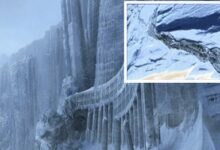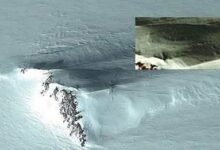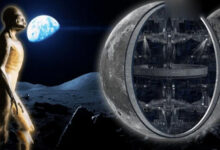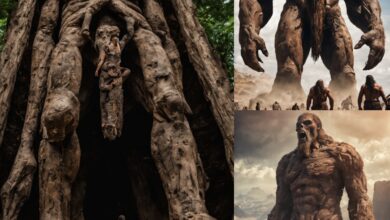Skeleton Lake of Roopkund: Unraveling the Enigmatic Mysteries of India’s Frozen Past
Nestled in the remote reaches of the Indian Himalayas, Roopkund Lake has intrigued explorers and scientists alike. Known as the “Skeleton Lake,” this high-altitude glacial lake, located at an elevation of 16,500 feet, is famous for the hundreds of ancient human skeletons scattered around its banks. These skeletal remains, dating back over a millennium, have sparked numerous theories and intense research, seeking to uncover the mysteries of Roopkund.
The Skeleton Lake first garnered attention in 1942 when a British forest guard stumbled upon the eerie sight. Since then, various expeditions have attempted to piece together the puzzle of why so many individuals met their end at this isolated location. Radiocarbon dating and DNA analysis have revealed that the skeletons date back to the 9th century, with some belonging to a group of individuals from the Mediterranean region.
Several theories have been proposed to explain the presence of these skeletons. One prominent theory suggests that a sudden and severe hailstorm caught a group of pilgrims or travelers by surprise, leading to their untimely demise. The local folklore supports this theory, telling the tale of a king and his entourage who angered the mountain goddess, Nanda Devi, resulting in their punishment by a deadly hailstorm.
Another intriguing theory posits that the skeletons are remnants of an ancient military expedition. However, the absence of weapons and the presence of women and children among the remains challenge this notion. More recent studies suggest that the group might have been undertaking a pilgrimage to the Nanda Devi shrine, with the hailstorm theory remaining the most plausible explanation.
Modern scientific techniques have shed more light on the mystery. In 2019, a comprehensive study conducted by an international team of researchers analyzed the DNA of the skeletons. The findings were surprising, revealing distinct genetic ancestries among the remains. While some skeletons had South Asian origins, others showed Mediterranean lineage, suggesting a diverse group of individuals.
The study also indicated that these individuals did not perish in a single catastrophic event. Instead, the deaths occurred over several centuries, hinting at multiple episodes of tragedy at the lake. These findings have challenged previous assumptions and opened new avenues for understanding the lake’s history.
Despite these scientific advancements, Roopkund Lake continues to hold its secrets tightly. The harsh and unpredictable weather conditions, along with the lake’s remote location, make further investigation challenging. However, the allure of Skeleton Lake remains strong, drawing adventurers and researchers alike, eager to uncover more about this enigmatic site.
In conclusion, the Skeleton Lake of Roopkund, India, stands as a testament to the power of nature and the enduring mysteries of our past. As scientific research progresses and new discoveries come to light, the story of Roopkund continues to evolve, captivating our imagination and driving our quest for knowledge.
Graham Hancock, who studies and writes about old societies, like the one in the Amazon, says that around 20 million people lived in the Amazonian civilization





